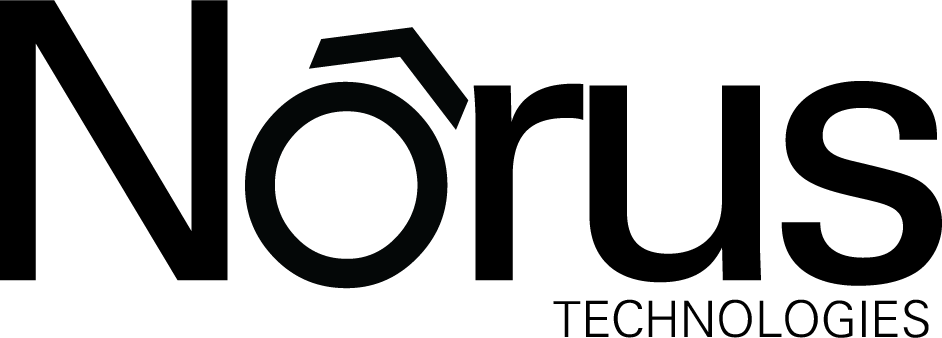Introduction
The Role of a Client-Side Product Owner in Software Development
Defining and Prioritizing Product Requirements
Ensuring Clear Communication Between Teams
The Importance Throughout the Software Development Lifecycle
Bridging Client Business Objectives and Technical Solutions
Setting Success Criteria
The Impact on Project Success
Authority and Decision-Making
Accepting or Rejecting Work
The Strategic Value
FAQs

What qualifications should a good client-side product owner have?

A strong client-side product owner should have a deep understanding of the client's business domain, excellent communication and leadership skills, and the ability to bridge technical and business perspectives. Prior experience in a client-facing role related to the project is very valuable

How does a client-side product owner collaborate with the development team?

The client-side product owner works closely with the development team, providing clear requirements, priorities, and context from the client's point of view. They facilitate communication between the client and dev teams, clarify ambiguities, and ensure solutions align with client needs.

Can a project succeed without a dedicated client-side product owner?

While possible, it is much more challenging without a dedicated client-side product owner. There is a high risk of misalignment between what is built and what the client needs, scope creep, inefficient requirement gathering, and lack of clear ownership.

What are the biggest challenges a client-side product owner faces?

Key challenges include managing and prioritizing changing client requirements, ensuring all client stakeholders are aligned, balancing technical constraints with client needs, and overcoming communication barriers between business and technical teams.

How does a client-side product owner prioritize product features?

The client-side product owner prioritizes features based on overall client objectives, expected business value and ROI, user impact, dependencies and technical factors. They gather input from client stakeholders to understand priorities.

What is the difference between a client-side product owner and a project manager?

A client-side product owner is focused on defining what should be built from the client's perspective, while a project manager oversees execution details like timelines, resourcing and processes to ensure overall delivery. They are complementary roles.
Conclusion
BOOK A FREE 30-MINUTE CONSULTATION
Book a complimentary 30-minute consultation to explore how Norus Technologies can assist you in developing and managing your software development projects






